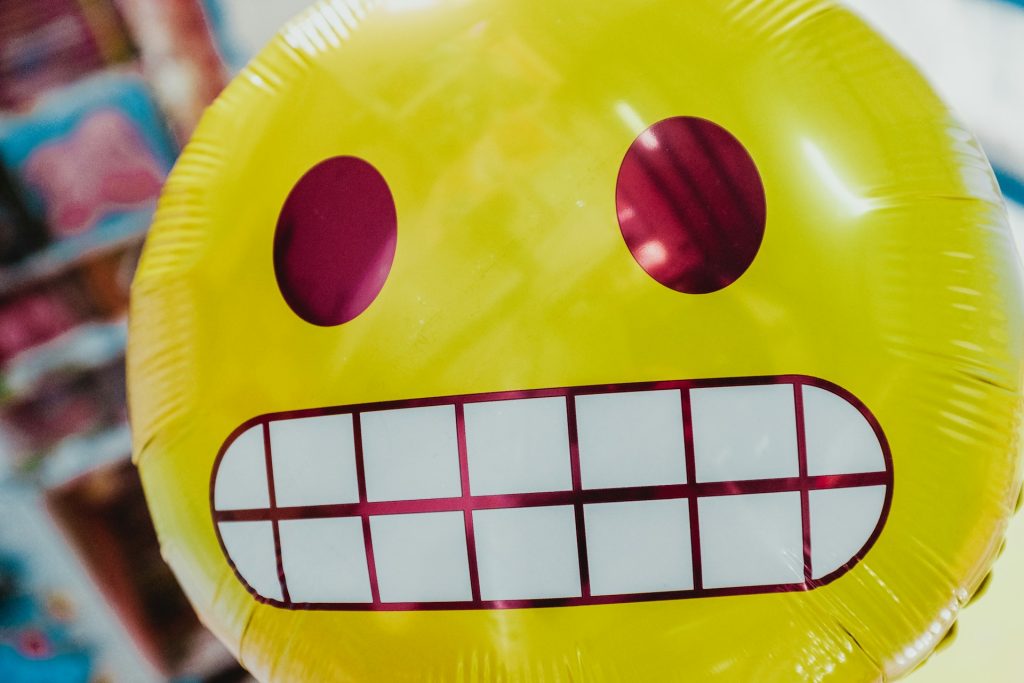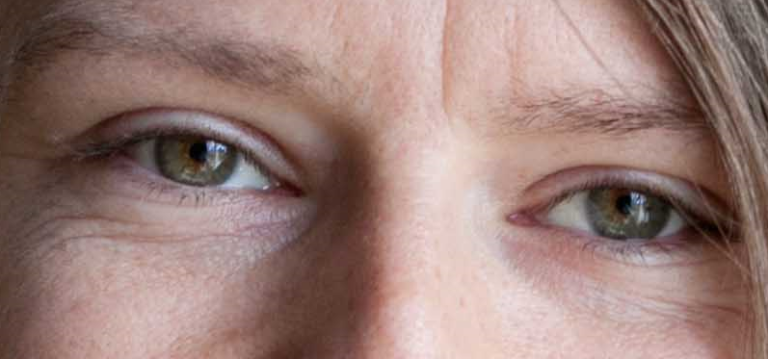The poem “Deer-in-the-Headlights” was an imagined internal experience of the scenario I describe below. Today, I want to look at the externals: what a video camera would record. Just so we can pretend we’re on the same page.
Let’s say you’re in the kitchen, talking with your partner while the hood vent is on, so there’s some white noise. You aren’t leading or directing the conversation. You mostly listen and respond.
Then your partner starts to show noticeable emotion: maybe her voice gets louder, her eyebrows rise, her head tilts at a different angle, or she makes an attempt at full eye contact.
In that moment, the camera might have to play you back freeze-frames of every microsecond in order to show your bodies’ involuntary responses to each other, since those relationship dynamics are all but invisible to the naked eye. This is both confusing and clarifying.
The (high-speed) camera doesn’t lie
Couples pay the Gottman Institute lots of money to analyze very small clips of video of themselves interacting in a high-speed-camera-rigged apartment laboratory, because the Gottmans can predict with statistically significant accuracy how long a given romance will last without help.
Phenomenal. Literally. (Well, technically it’s phenomenological, but it’s also very impressive!!)
If you were presented with footage of your own face in that scenario, you might rewind it to your first expression of fear and freeze-frame it and think:
“wow.
“The chemistry is so fleeting it’s invisible when played at normal speed, but right there
– look at my eyebrows, look at my eyes, the big whites, the long blink –
this was the moment I started to feel like I was in over my head.
“It’s like I can remember it more clearly now, seeing this. Plain as day. I had no idea it was so plain to see, and so quickly hidden again!!”

Your expression had hardly changed, and then went back to being slack and seemingly relaxed. But you made a well-hidden decision to mask your alarm. Perhaps you even forgot.
Then the clip shows something surprising: this may very well have preceded or been simultaneous with her eye-contact attack, her big eyebrow-thing, her loud inquiry into what you were thinking.
Given that context, her face looks like a mockery of yours, of something she hardly could have noticed…
What is it, really?
I doubt she is consciously mimicking your microsecond-long facial expression in slow motion and playing it back to you on her own face, but it stands to reason that, before cameras, that is all we human beings had to go on.
Why wouldn’t it be evolutionarily advantageous to, in a dangerous situation, reflect back fear on the face as a quick way to check in: “do we need to run?”
In its own unmonitored way, her biology might be asking your biology “what just flitted across your face?” Implying “did your eyes get big over something we should both be afraid of?”
Are you afraid of… her?
The End?!
The end of the clip is the beginning of the rest of your life. In all our relationships we find our microsecond-long facial expressions being reflected back and baffling us. (I bet it’s why kids are so adorable: so we don’t kill them for confronting us with ourselves.)
I hope reading this adds some curiosity to the experience. Why? Because:
It’s hard to be afraid and curious at the same time.
We just can’t!
I hope that this camera meditation was useful for recognizing that there are probably many things happening at once in the deer-in-headlights scenario… but that does not make your situation bad, or anyone’s fault or responsibility, or something you can just hope never happens again.
It might still be uncomfortable, but hopefully less and less so.
I hope this article springs to mind next time things get awkward anywhere, and brings just a little bit of the real calm, the real spaciousness, the real oxygen you breathed into your reading today, and brings that curiosity to the parts of your brain that might otherwise have been panicked, harsh, numb, or bewildered.
I won’t tell you to “be kind to yourself“
I believe that, by reading this painful, perhaps tedious piece, you already have practiced kindness towards yourself. Even if you disagree with it!
That can help. It can soothe. You visited panic from a place of calm. May that make today’s calm more accessible when you panic.
I’m curious!

